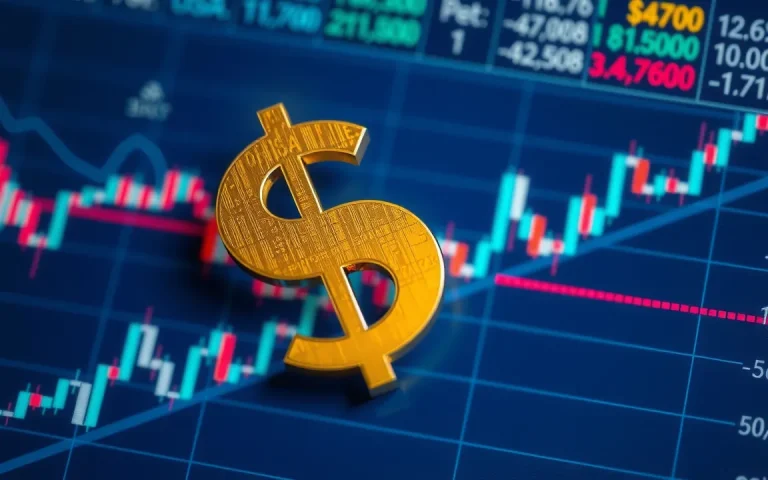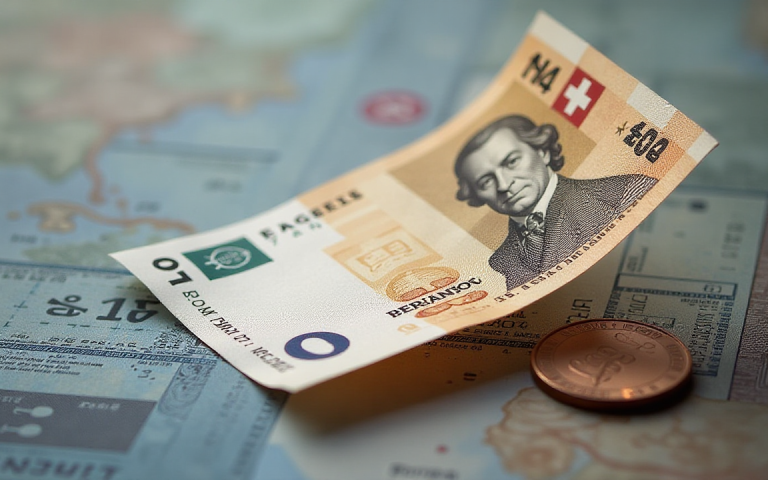The US dollar appeared set to close the week with gains against most of its major counterparts on Friday, as a newly announced trade agreement between the United States and the United Kingdom fanned hopes for potential progress in the highly anticipated US-China trade negotiations scheduled for the weekend.
Simultaneously, diminishing expectations for imminent US interest rate cuts, following cautious remarks from the Federal Reserve, provided further support for the greenback.
Financial markets headed into the weekend with all eyes firmly fixed on the upcoming trade talks between Washington and Beijing, slated to begin Saturday in Switzerland.
The euro remained steady during Asian trading hours but was down approximately 0.6% for the week at $1.1217.
The Japanese yen also weakened against the dollar by about 0.7% over the week, touching a one-month low of 146.18 before stabilizing around 145.78.
Sterling, which had initially rallied on reports of an impending US-UK trade deal, relinquished those gains after the specifics of the agreement revealed a relatively limited scope.
The deal modestly expands agricultural access for both nations and lowers some prohibitive US duties on British car exports, but notably leaves the 10% baseline tariff in place.
The pound subsequently hit a three-week low of $1.3220 in early Friday trading.
Market analysts interpreted the dollar’s strength as a reflection of cautious optimism regarding broader trade resolutions.
“The market reaction of buying USD may reflect greater optimism that such tariff deals are doable,” noted Steve Englander, global head of G10 currency research at Standard Chartered, in a client note.
He added, “Trump’s dangling of the prospect of a trade détente with China may be adding to optimism that the global disruption from trade wars may not be as severe as markets have feared… For the time being, G10 markets would be relieved if US and China bilateral tariffs were rolled back, even if they remain well above January 19 levels.”
Reflecting a refreshed, albeit selective, appetite for risk, Bitcoin also saw a notable surge, pushing back above the $100,000 mark.
Focus on US-China dialogue
President Trump, while announcing the UK deal, stated he expects “substantive negotiations” between the US and China this weekend and indicated that the current high tariffs on Beijing (reportedly up to 145%) would likely be reduced.
Adding to the speculative buzz, the New York Post reported, citing unidentified sources, that the administration is considering a plan to slash tariffs on Chinese imports by more than half, though the White House dismissed this as mere speculation.
Central bank divergence and Fed’s cautious stance
Central bank actions this week were largely in line with expectations.
The Bank of England proceeded with an anticipated rate cut, while central banks in Sweden, Norway, and the United States opted to keep their policy rates on hold.
However, comments from Federal Reserve Chair Jerome Powell, particularly his emphasis on the prevailing level of economic uncertainty, significantly tempered market expectations for near-term US rate cuts.
Consequently, market pricing for a Fed rate cut in June has receded sharply, falling to around 17% from approximately 55% just a week ago.
This recalibration of Fed expectations has been a key factor underpinning the dollar’s recent strength.
Asian currency dynamics and other market moves
In contrast to its performance against G10 peers, the dollar registered declines against several Asian currencies this week, largely influenced by a surprising surge in the Taiwan dollar, which settled around 30 to the dollar after a volatile period, marking a gain of over 6% since the end of April.
The Singapore dollar also traded near decade highs.
The Hong Kong dollar, however, retreated from the strong end of its trading band following significant intervention by the Hong Kong Monetary Authority.
The Australian dollar was on track for its first weekly drop in a month, down 0.7% to $0.6391, with the New Zealand dollar also trading lower at $0.5892.
As the week draws to a close, the focus remains squarely on the high-stakes trade discussions in Switzerland, which have the potential to significantly shape market direction in the coming weeks.
The post Dollar gains weekly as markets pin hopes on US-China trade talks appeared first on Invezz










